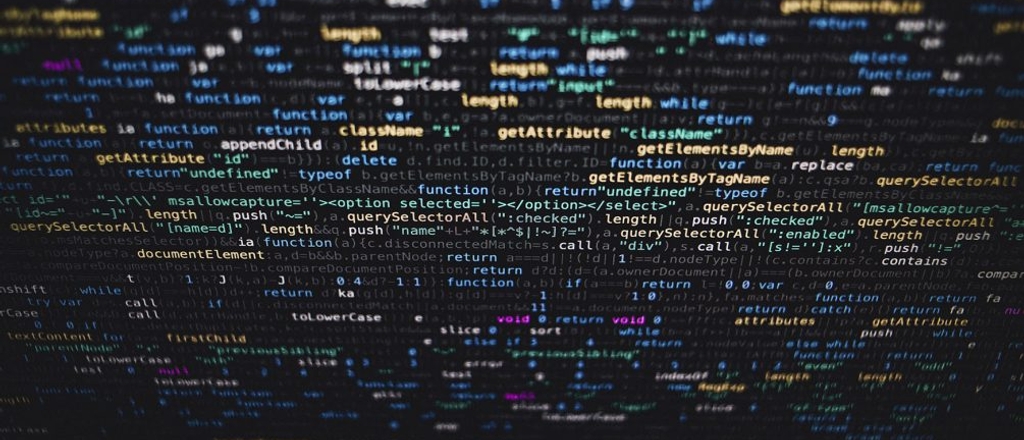- Home
- News And Events
- What’s Going On
- How Big Data And Artificial Intelligence Can Help Against Covid-19
How Big Data and Artificial Intelligence Can Help Against COVID-19

Demetrio Barragán, Academic Director of the Big Data Analytics and Artificial Intelligence Executive Program at IE Business School.
Jaume Manero, Professor of Big Data and Deep-Learning Technologies at IE Business School.
Fortunately, new cases of COVID-19 have slowed in China, but it is crucial to flatten the curve worldwide. If we can slow down the rate of infection, we can give hospitals time to deal with coronavirus-infected patients as well as their regular patient load.
Global coronavirus cases as of March 18, 2020
Cases | Deaths | |
China | 81,074 | 3,241 |
Italy | 31,506 | 2,503 |
Iran | 16,169 | 988 |
Spain | 11,826 | 533 |
Germany | 9,360 | 26 |
South Korea | 8,413 | 84 |
France | 7,669 | 148 |
USA | 6,287 | 108 |
Switzerland | 2,700 | 27 |
Source: Johns Hopkins University, national public health agencies
At this stage, many things about COVID-19 are up in the air. We don’t really know the infection speed or mortality of the virus. We don’t know how long it remains active on surfaces. We don’t know whether it survives and spreads in warm conditions. This is a real global crisis, advancing at lightning speed. Any information becomes stale in a matter of hours; any new finding gets buried under the onrush of new events.
A storm of data
This is a perfect storm of data of uneven quality from a wide range of origins. It is therefore virtually impossible to understand the complete picture. We have more questions than answers, but we need to trust in the data aggregated by public institutions such as the WHO.
For this 21st-century threat, we need to apply 21st-century tools. Big data, machine learning, and artificial intelligence must be deployed in the global effort against this virus. This fight requires all of the best available tools.
- Researchers around the world are using machine learning to develop models that simulate and predict the spread of the virus in an attempt to identify patterns that might reveal the weaknesses and dangers of this pandemic.
- Genomic research is critical to understanding the virus’s inner secrets. Genomics is an area where big data joins forces with deep learning and bioinformatics. In a matter of weeks, the coronavirus genome was sequenced by multiple labs around the world—a feat that would have been impossible without advanced machine-learning tools.
- Vaccine development is now the hottest and most critical task worldwide. Bioinformatic tools are boosting the efficiency of what may well be the fastest vaccine development process in history. Without collaborative tools and big data, this would be an impossible task.
- Epidemiologists in South Korea, China, and Singapore are using real-time tracking tools to better understand the virus and slow the spread of disease.
Successful new apps
In 2011, Jon Crowcroft and Eiko Yoneki, scientists at Cambridge University, created an app that tracks the spread of influenza. This tool, known as FluPhone, established design principles later used in the development of new apps that have helped China, Singapore, and South Korea successfully tackle the COVID-19 pandemic.
One way to prevent a global pandemic is contention, which requires the isolation of early cases. These apps try to identify everyone an infected person has been in contact with and isolate all “compromised” individuals. This strategy requires good testing tools (which must be developed for each virus at full speed once identified) and a mobile or wearable app that tracks contacts automatically by proximity of devices. With big data tools of this sort, all compromised individuals can be tracked or isolated.
This is a dystopian approach, to be sure. For threats of this magnitude, however, we need to think outside the box. We need to apply deep-learning algorithms to big data in order to identify and stop virus propagation before is too late.
Complex ethical dilemmas abound. Who can we trust with all these data? Does giving away our privacy erode our hard-won freedom and independence?
We are sure that there are ways to limit this. We need strong, trustworthy governments that eschew populism and defend the basic principles of our society while protecting our health from new aggressions generated by our own civilization. Technology is here to help.
Fight with every available tool
COVID-19 threatens our lives and our livelihood. We must fight it with every available tool. We need strong health organizations supported by the most advanced developments in information. This is a medical fight that requires the support of our most powerful tools: artificial intelligence, machine learning, and big data. Only with them will we succeed in winning this global war.
In the meanwhile, follow health recommendations and avoid becoming a spreader of the virus. Each of us has a role to play in this global effort.
